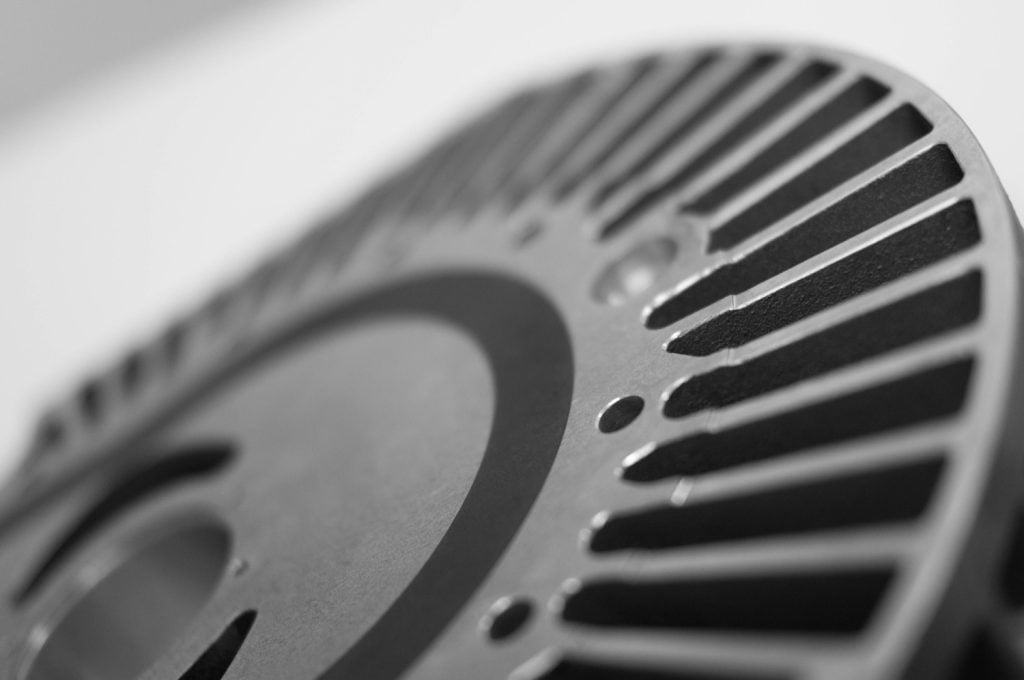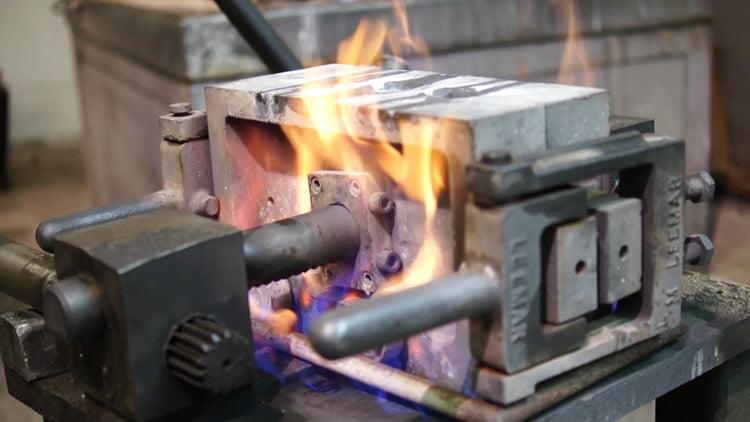Top safety essentials in metal casting
Published - 20th Mar 2018
Operating safely is at the forefront of our minds at Haworth Castings – keeping our people safe and minimising any impact on the local community in which we work.
In the first of two blogs, we look at the main safety essentials in metal casting and how we minimise the risk of accidents occurring.

A safe way to work
In common with many industries, our operators are dealing with potentially hazardous activities on a regular basis. We have comprehensive measures in place to ensure that the team is not exposed to any undue risks, as we have discussed in an earlier blog. This includes:
- regular and ongoing training for our foundry personnel and management team
- specialist PPE (personal protective equipment)
- regular servicing and maintenance of our machinery and tools
- internal and external health and safety audits
- regular reviews of our risk management processes and related COSHH (Control of Substances Hazardous to Health) assessments
As in any workplace environment, our health and safety procedures cover many standard requirements, such as ensuring walkways are clear, maintaining adequate lighting, removing trip hazards and keeping noise levels to a minimum. However, in metal casting, there are certain safety ‘hot spots’ and we’ll be looking in more detail at some of the best examples in this blog.
Mould making
We carry out individual COSHH assessments on every chemical used in the foundry to ensure that any workplace exposures and hazards are minimised. Various chemicals are used in the production of our sand moulds. The sand is mixed with chemical agents and catalysts to bind the sand grains together and form a solid mould. This is carried out by machine rather than by hand to reduce exposure to our people.
Our foundry personnel only get involved in the mould-making process once this stage has been completed. Even then, they wear full protective clothing, gloves and eye/ear protection when they are preparing the moulds.
Pouring the metal
Another safety hot spot is the pouring stage. Molten metal is transferred at very high temperatures from the furnace into the sand moulds – generally using a ladle. The temperature can reach up to 800°C for aluminium alloys and even higher for other metals.
So, our highly skilled foundry team must manage this process with the utmost care, and wear the appropriate clothing to protect their faces, hands, arms, legs and ankles from spillages.
As you would expect, this pouring process is carried out in a designated area – away from busy walkways and potential trip hazards. This area is very well ventilated to aid extraction of the smoke emissions as the molten metal fills the mould.
The risks of moisture
Moisture presents a real health and safety risk in the foundry. Any moisture in the furnace or melting crucible could cause an adverse reaction due to the combustion of hydrogen and oxygen at high temperatures. For this reason, the moulds and metal ingots must be free from moisture. Our sand is stored in a very dry area and the metal ingots are warmed by the furnace before being added to the melting crucible. This reduces the risk of moisture as much as possible – helping us to create a safe environment in which to work.
In part two, we’ll be looking in more detail at the safety aspects of managing machinery, tooling and environmental emissions.
Want to find out more about Haworth Castings? Give us a call today on +44 (0)1794 512685 or email us: sales@haworthcastings.co.uk





